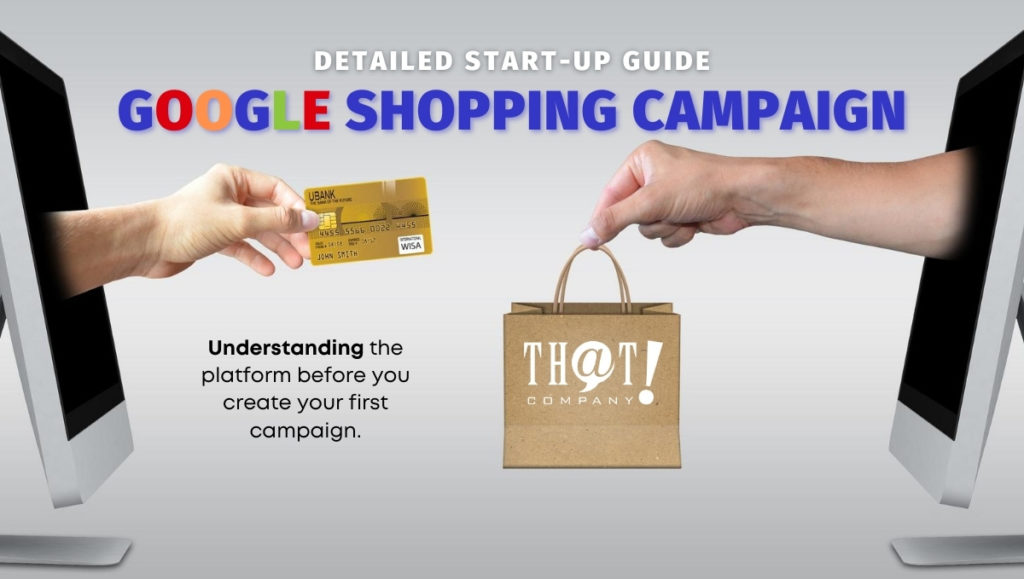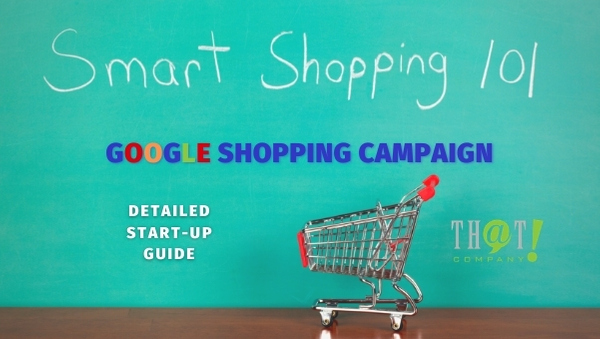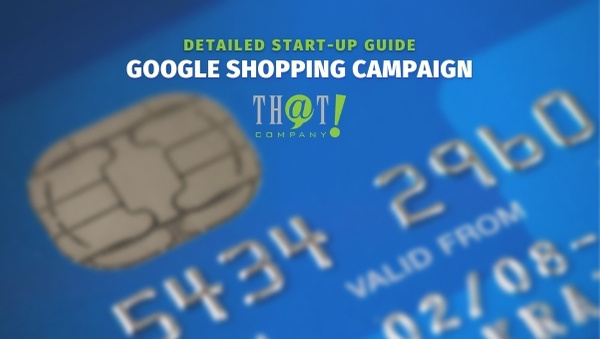 A Google Shopping Campaign is a fantastic way to get your product in front of potential customers, but there is a catch, it is not always the easiest to set up an effective shopping campaign. Before we get too far into this, know that there are two distinct types of shopping campaigns. You’ll need to consider these before diving in too deep. Both campaign types have pluses and minuses. Your results will depend on the amount of time and effort you are willing to put in post setup.
A Google Shopping Campaign is a fantastic way to get your product in front of potential customers, but there is a catch, it is not always the easiest to set up an effective shopping campaign. Before we get too far into this, know that there are two distinct types of shopping campaigns. You’ll need to consider these before diving in too deep. Both campaign types have pluses and minuses. Your results will depend on the amount of time and effort you are willing to put in post setup.
The two Google Shopping campaign types are:
- Google Smart Shopping
- A manual campaign
Google Smart Shopping Campaign
 Smart Shopping is an automated Google Shopping Campaign system that basically is a set and forget option. It runs in both the standard shopping and display re-marketing spaces. In my experience, it does well enough, but it lacks the ability to manage your products. As it lumps all your products together into one large pool, you do not have the ability to fine-tune your campaign to maximize profits by raising the sales superstars and lowering the underperformers.
Smart Shopping is an automated Google Shopping Campaign system that basically is a set and forget option. It runs in both the standard shopping and display re-marketing spaces. In my experience, it does well enough, but it lacks the ability to manage your products. As it lumps all your products together into one large pool, you do not have the ability to fine-tune your campaign to maximize profits by raising the sales superstars and lowering the underperformers.
The problem here is that at some point your campaign will level off on return on ad spend. You will have no way of pushing it further because you lack the granular control of a manual campaign. Again though, I have seen them do well. Just know that you will lose the ability to continue to push your campaign’s progress forward at some point.
[bctt tweet=”Shopping items can get disapproved for many reasons, ranging from feed to website mismatched information, to lack of required information such as shipping.” username=”ThatCompanycom”]Google Manual Shopping Campaign
A manual shopping campaign is much harder to set up. However, it can go much further than a Smart Shopping campaign. You simply must put in the time and effort to manage it. With a manually set up Google Shopping Campaign, you have more control. You can break your products down into different ad/product groups and manually adjust bidding per product. This is great if your company has top-selling products that carry the load of online sales or even seasonal items that you want to highlight at different times of the year as you’ll be able to push these products exposure without having to increase the cost per click across the board.
With a manual campaign, you can decrease spend on products that are not selling well even when having an adequate amount of exposure. This is the only way to go if you or your company is in it for the long game. It takes some time to get things moving. But in the end, you will be much happier with how your campaign dollars are being spent.
Google Shopping Ads
What makes a shopping ad? A shopping ad is made up of information pulled from the shopping feed. This information includes things like product image and price. It also includes the merchant name that is selling the product along with other product attributes. Feeds themselves can be created in a few different ways, which I’ll briefly go over below:
Created from site content – some different eCommerce platforms have built-in areas for copy and information. This can be used to create a feed directly from the same information used to build the webpages.
Third-party feeds are from companies that specialize in creating feeds that are often more robust in options. These feeds are also great for when you have a lot of items (especially when you are dealing with tens of thousands of different items or SKUs) as they are usually very well maintained and contain fields that can get tricky items to run.
Manually set up feeds are easy enough to create by searching for and downloading a template that you can use to build one from scratch. These are perfectly fine for feeds that have a limited number of items but can become cumbersome if you have a lot of items and/or that go in and out of stock or hold a large amount of data identifiers. These are often best for online storefronts that have a few hundred items at most.
More on Google Shopping Feed and Its Potential Issues
Your shopping feed will need to update to Google at least once every 30 days. If this does not happen for any reason, your shopping items will begin to expire, at the least, and your shopping feed will begin to shut down. A good thing here is that you can set your feed upload to “fetch” a new copy of itself at intervals you decide upon.
Most set their feeds to update at least once a week to avoid issues. This will also depend on whether you are uploading a manual feed or one that is built by your web platform or a third-party vendor as to how this will work and how often.
Shopping items are disapproved for many reasons. These may range from feed to website mismatched information to lack of required information such as shipping. While this is often a pain to figure out and correct, you can get a good insight into what the problem is by visiting your Merchant Account and checking in on the account health status. Here you will be able to view what is currently not running along with the reasons why it’s not running. Find the issue and correct it based on how your feed is being generated.
Other Considerations Before Setting Up Your Google Shopping Campaign
 So, we went over the details of a Google Shopping campaign but there are also other considerations. Below, I will give the most basic explanations to get you started.
So, we went over the details of a Google Shopping campaign but there are also other considerations. Below, I will give the most basic explanations to get you started.
Merchant Account – This is the financial institution that will be used to hold any sales going through your online account. Usually, this is the same as your companies banking institution.
Gateway Account – This is an in-between account that will verify the credit card information and allow or deny the potential sale to take place.
Shipping and sales tax information – You will need to have on hand shipping and tax information while walking through the account set up so be prepared.
Quality images – I know this seems like a given, but I cannot tell you how many times I have seen inadequate quality images. If you are going to go through the effort of creating a Google Shopping campaign, you need to invest in quality images of your products. There is no point in paying to have your items listed if they are not enticing enough looking for anyone to consider buying.
Platforms for Online eCommerce
While this is by no means a complete list below, I will go over a few of the more common platforms used for eCommerce sales online. All have “try for free” options if you want to get a feel before committing to one. My personal recommendation is if you are a medium to large-sized company, I would recommend BigCommerce or Shopify as they are both robust in options and scale very well with almost any size or type of business.
- Big Commerce
- Shopify
- Volusion
- WooCommerce
- Weebly
- Squarespace
- Magento
- In house solution
Feed Provider Options
- GoDataFeed
- Productsup
- Channable
- Platform provided solution
- Manually created feed
- DataFeedWatch
While this may be an over-simplification of getting a Google Shopping Campaign off the ground, I wanted to just lay out the bigger building blocks so that you could better understand the pieces and components you will be running up against as you move into the online sales space.





























